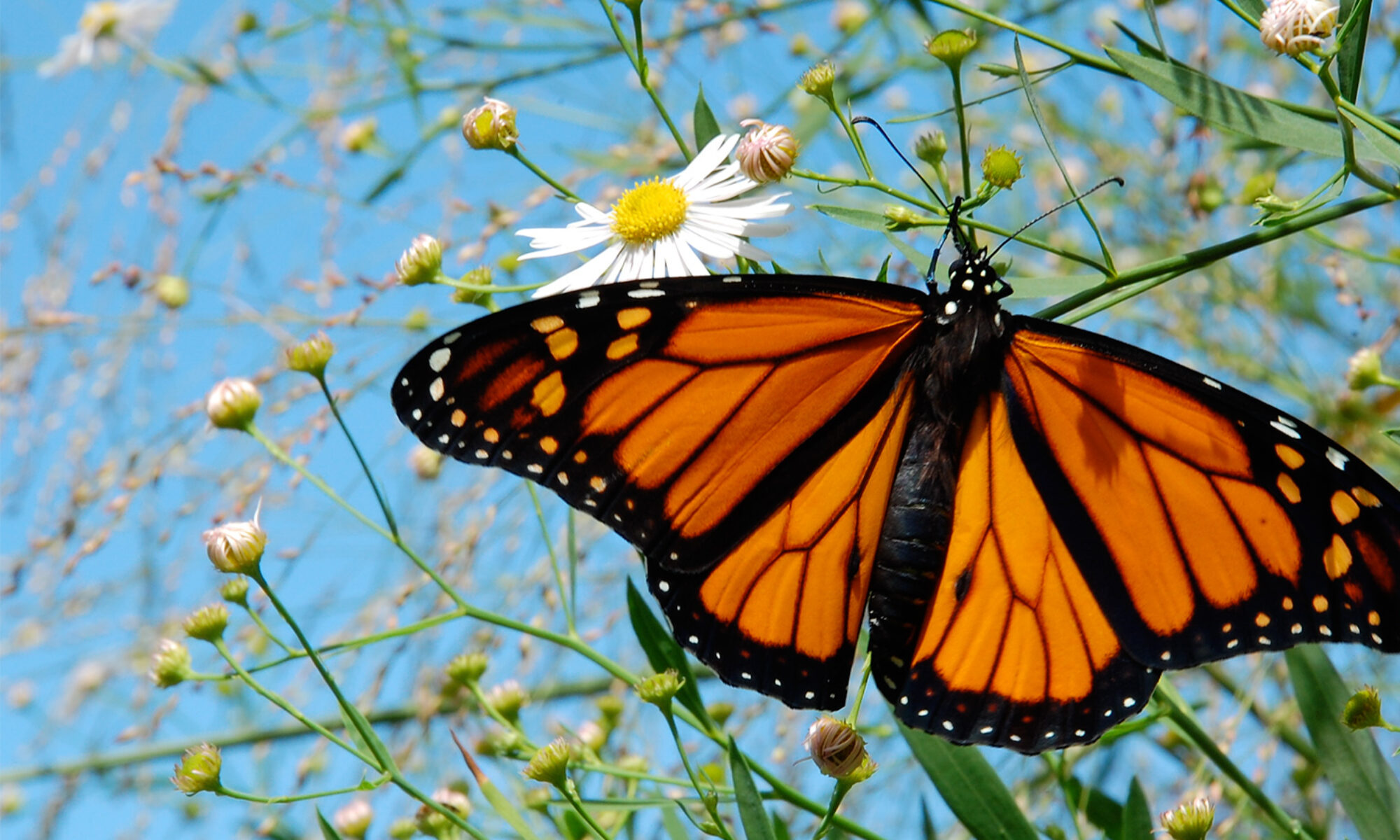The Syracuse Post-Standard for more than 50(!) years carried a twice-monthly bird column that discussed interesting things about birds. Until a few years ago, its author, Dr. Benjamin Burtt Sr. (not to be confused with his Oscar-winning son of the same name), compiled and published people’s bird observations. I can only imagine the amount of time it took to compile all of these results by hand! What dedication this SU chemistry professor had!

This community science effort began even before Cornell University’s Lab of Ornithology started Project FeederWatch.
The protocol was similar to those of Project FeederWatch (or maybe vice-versa), except that people observed birds for an entire week — the first week of each month from October to April. I enjoyed participating in this project — my first experience as a community scientist!
As with Project FeederWatch, the important rule was to count only the maximum number of birds of a given species that you saw at any one time. This guaranteed that you never counted the same bird twice. This rule was necessary, but frustrating when you saw, for example, a female cardinal and a while later, a male cardinal. Even though you knew two different birds visited your yard, you could only record “1” since you didn’t see them both at the same time. This rule is understandable when you realize that recording “2” in this example would have over-represented species where gender is obvious relative to species, such as chickadees, where gender is not.
